Beneath the endless expanse of China’s golden harvests, a quiet shift is unfolding. Where once farmers walked miles to tend their crops, today, nimble, tech-driven machines soar above the fields—drones that spray, map, and nurture with a precision no human hand can match. At the heart of this transformation is our factory, a hub of innovation where engineers, agronomists, and farmers collaborate to bridge the gap between tradition and tomorrow. This is not just about building drones; it’s about reimagining what farming can be.
The Soil Beneath the Sky: Why Agriculture Needed a Tech Revolution
For millennia, farming in China has been a labor of love—and labor. Smallholder farms, which make up over 98% of the country’s agricultural operations, dot landscapes as varied as the Yangtze Delta’s water towns and the Loess Plateau’s windswept hills. But as rural populations shift to cities and climate change tightens its grip, old methods strain under new pressures:
– Labor Shortages: A 2023 survey found that 60% of small farmers struggle to hire help during peak seasons, delaying critical tasks like spraying or sowing.
– Resource Waste: Traditional flood irrigation and blanket pesticide application waste up to 50% of water and 30% of chemicals, harming both the environment and farmers’ profits.
– Unpredictable Risks: Erratic weather and pests demand rapid responses—yet scouting 100 acres on foot can take days, letting threats multiply.
These challenges aren’t just about efficiency; they’re about survival. For farming families who’ve tilled the same land for generations, adapting isn’t optional—it’s existential.
Born from the Soil: How We Built Drones That *Understand* Farms
Our journey began not in sleek labs, but in the fields themselves. For three years, our engineers lived with farmers—from Hainan’s rice co-ops to Heilongjiang’s soybean fields—documenting their struggles. What emerged was a clear truth: Drones designed for industrial farms abroad wouldn’t work here. China’s farms are small, its terrain varied, and its farmers pragmatic. So we rebuilt from the ground up.
1. The “Farmers’ Drone”: Designed for Real-World Complexity
Traditional drones, built for open fields, falter in China’s fragmented landscapes. Ours? They’re built to *thrive* in chaos.
– Compact Yet Powerful: Weighing just 12 kg with a 20L payload, they navigate narrow ridges and dense orchards, avoiding obstacles with 360° sensors—even in low visibility.
– Adaptive Tech: No two fields are the same, so our drones don’t pretend to be one-size-fits-all. Farmers can swap nozzles for different crops (e.g., finer sprays for grapes, wider for corn) or upload local topography maps to optimize flight paths.
– Rugged Reliability: From the humid subtropics to the freezing northeast, our drones are tested to withstand dust, rain, and extreme temperatures. A farmer in Jiangxi’s misty highlands reported zero crashes in two monsoon seasons—unheard of for imported models.
2. Data That Speaks Farmer
Drones are only as good as the insights they provide. Ours come loaded with AI that translates raw data into actionable steps:
– Health Diagnostics: Multispectral cameras capture light wavelengths invisible to humans, revealing hidden stress in plants (e.g., nitrogen deficiency in rice, early blight in potatoes). The AI then generates a “prescription map,” telling the drone exactly where to spray and how much.
– Yield Prediction: By analyzing historical data and real-time growth, the system estimates harvests weeks in advance. For a wheat farmer in Henan, this meant securing better prices by selling surplus grain before the market flooded.
– Cost Trackers: Farmers see exactly how much pesticide, fertilizer, or water each flight uses—eliminating guesswork and reducing waste. One user in Shandong cut costs by 25% in a single season, reinvesting savings into better seeds.
From Sky to Soil: Stories of Change
Technology matters only if it changes lives. Here’s how our drones are rewriting farming stories:
– Li Wei’s Rice Farm (Zhejiang): For 30 years, Li Wei sprayed his 120-acre paddy by hand, wading through knee-deep water under the midday sun. “My back ached for days afterward,” he says. Now, his son operates our drone, zipping over the fields in 3 hours. Pesticide use has dropped by 40%, and Li Wei uses the savings to install solar-powered irrigation—cutting water use by another 30%. “I used to pray for rain,” he laughs. “Now I trust the drone.”
– The Apple Growers of Shaanxi: In Yan’an’s mountainous orchards, uneven terrain made even distribution of nutrients nearly impossible. “Some trees bore fruit, others didn’t—you couldn’t tell why,” says grower Zhang Min. Our drones, equipped with orchard-specific flight modes, now weave between trees, delivering precise doses. This year, 85% of Zhang’s apples graded as “premium,” fetching 50% more per crate. “For the first time, my kids want to farm,” she adds.
More Than Machines: Building a Community of Progress
We believe drones are just tools—the real magic happens when farmers own the technology. That’s why we’ve invested in:
– Training Academies: Free workshops teach farmers to pilot drones, read data maps, and perform basic repairs. Over 12,000 smallholders have graduated, turning them into “tech-savvy stewards” of their land.
– Shared Services: In remote areas, we’ve set up drone co-ops where farmers pool resources. A village in Guizhou now shares 3 drones, cutting individual costs by 70% and ensuring no field is left behind.
– Partnerships for Progress: We collaborate with agricultural universities to refine our tech—like developing heat-resistant drones for Sichuan’s spicy pepper farms or frost-detection systems for Hebei’s pear orchards.
Flying Higher: The Next Chapter
As the world grapples with feeding 10 billion people by 2050, our factory is already looking ahead. We’re testing:
– Swarm Technology: Fleets of drones working in sync to plant cover crops or monitor vast fields, reducing labor needs by 90%.
– AI-Powered Autonomy: Drones that learn from past flights, adjusting strategies in real time without human input—for example, slowing down over fragile seedlings or speeding up in windier zones.
– Sustainability at Core: New models powered by biofuels and recycled materials, ensuring our tech leaves as light a footprint as possible.
Closing: The Future Grows Above
In the end, our story is simple: Drones are not replacing farmers—they’re empowering them. Every flight is a promise: to reduce backbreaking labor, to protect scarce resources, and to give farmers the tools to thrive in a changing world.
As we watch our drones rise over a field of ripening corn, we see more than machines. We see hope. Hope for smallholders who’ve farmed for generations. Hope for a planet strained by hunger and climate change. And hope that, together, we can grow a future where every acre is valued, every harvest is bountiful, and every farmer—above all—is respected.
The skies over China’s farms are busy these days. But it’s not just drones flying. It’s the sound of progress—quiet, steady, and full of promise.
THE END
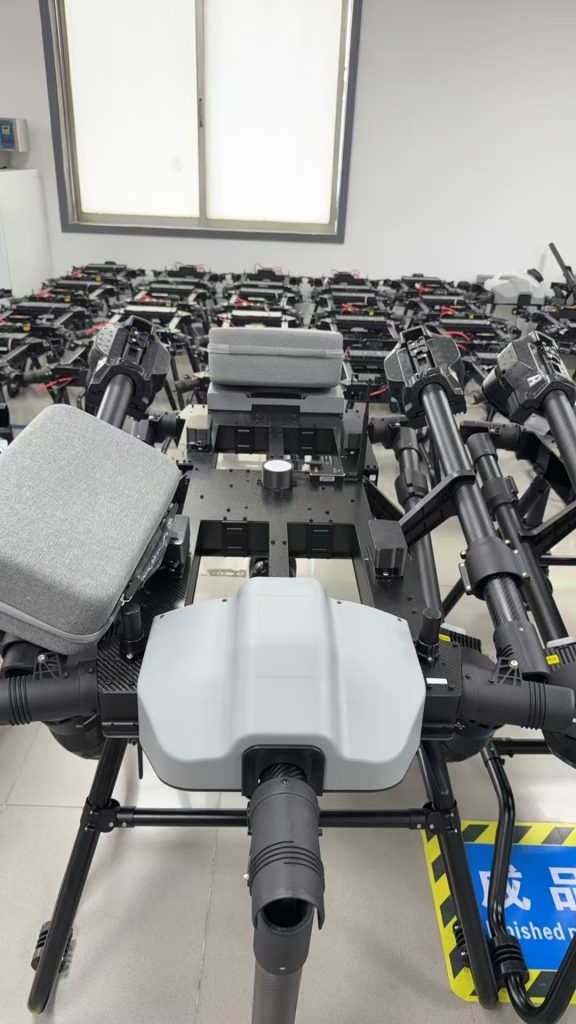

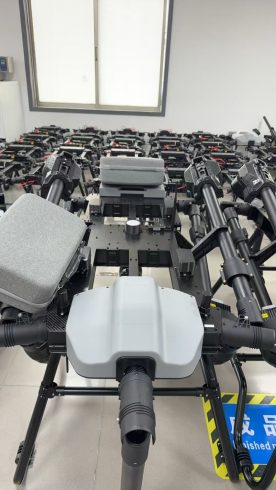
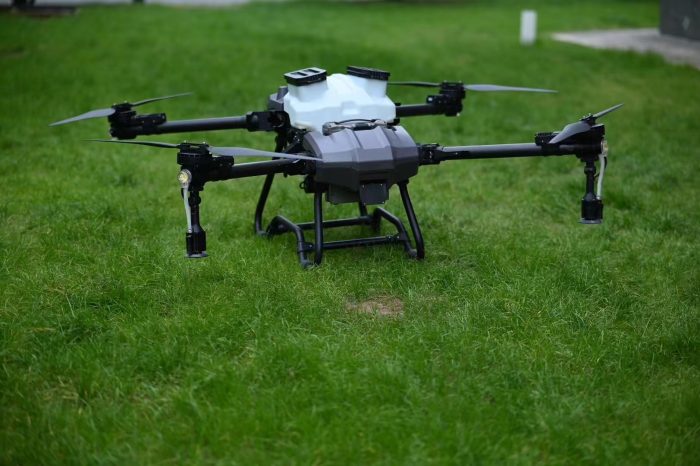
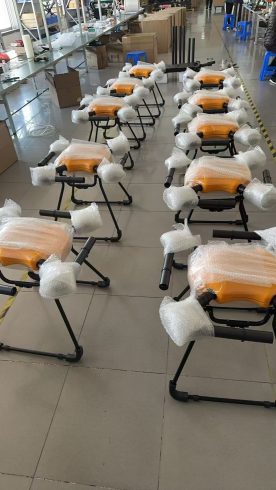
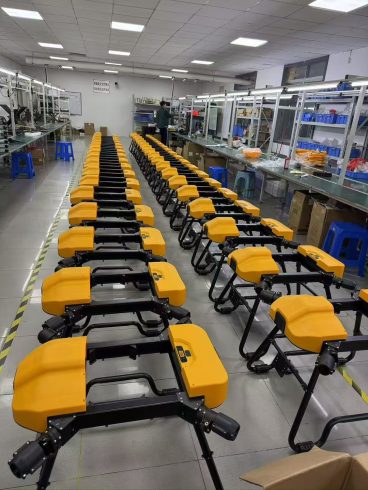
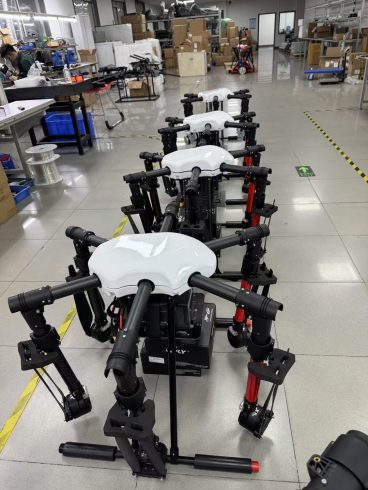


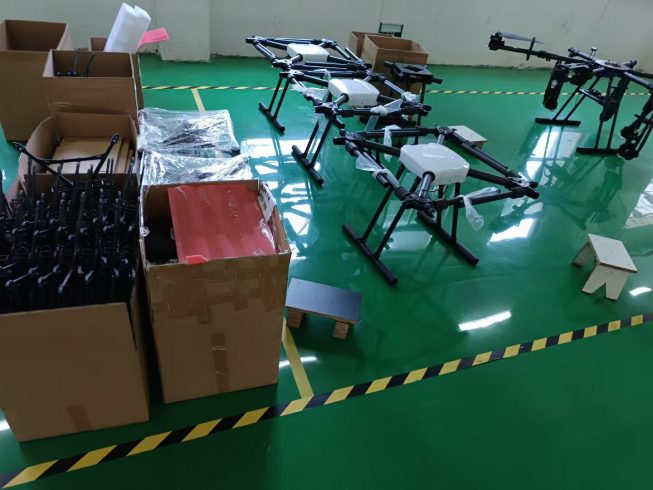

暂无评论内容